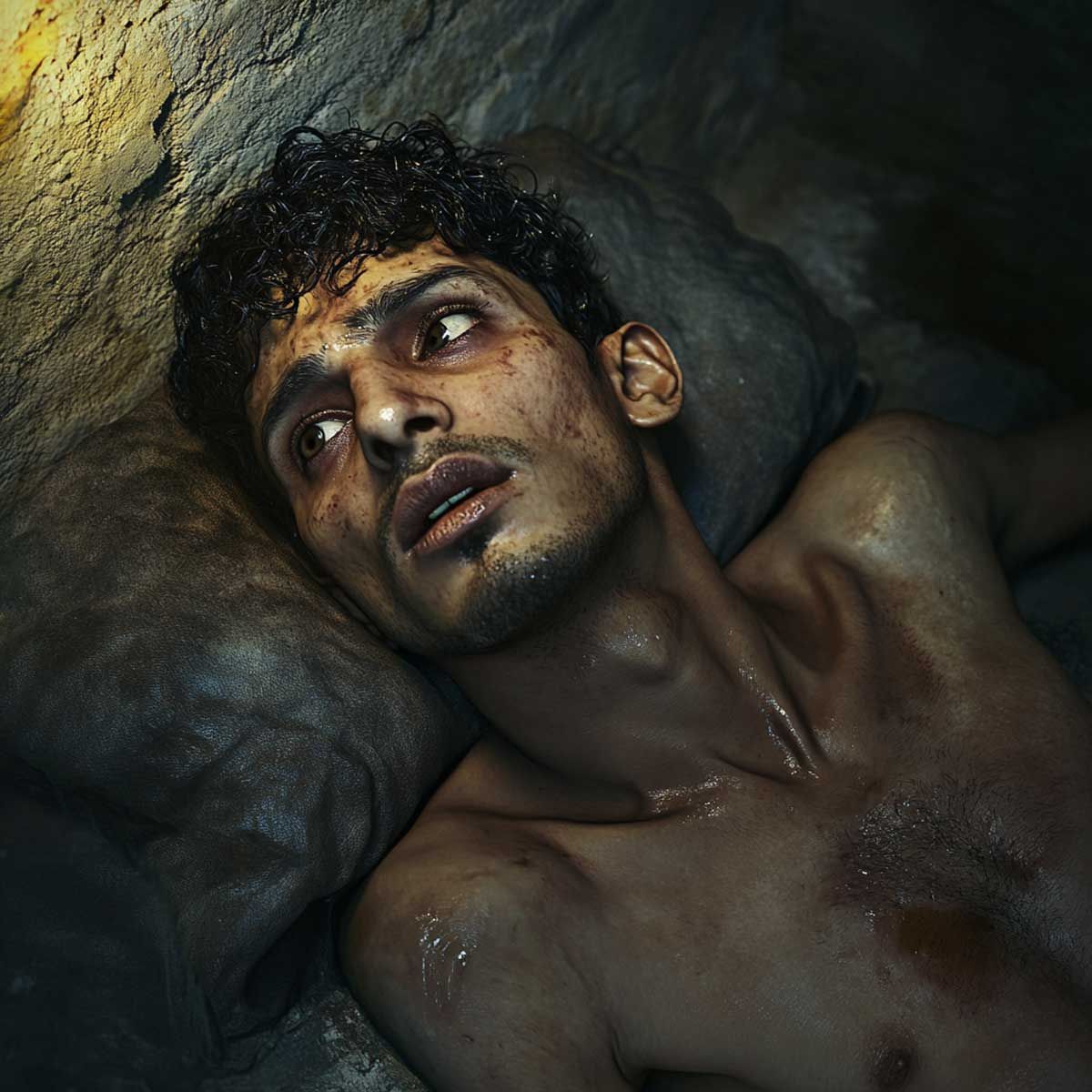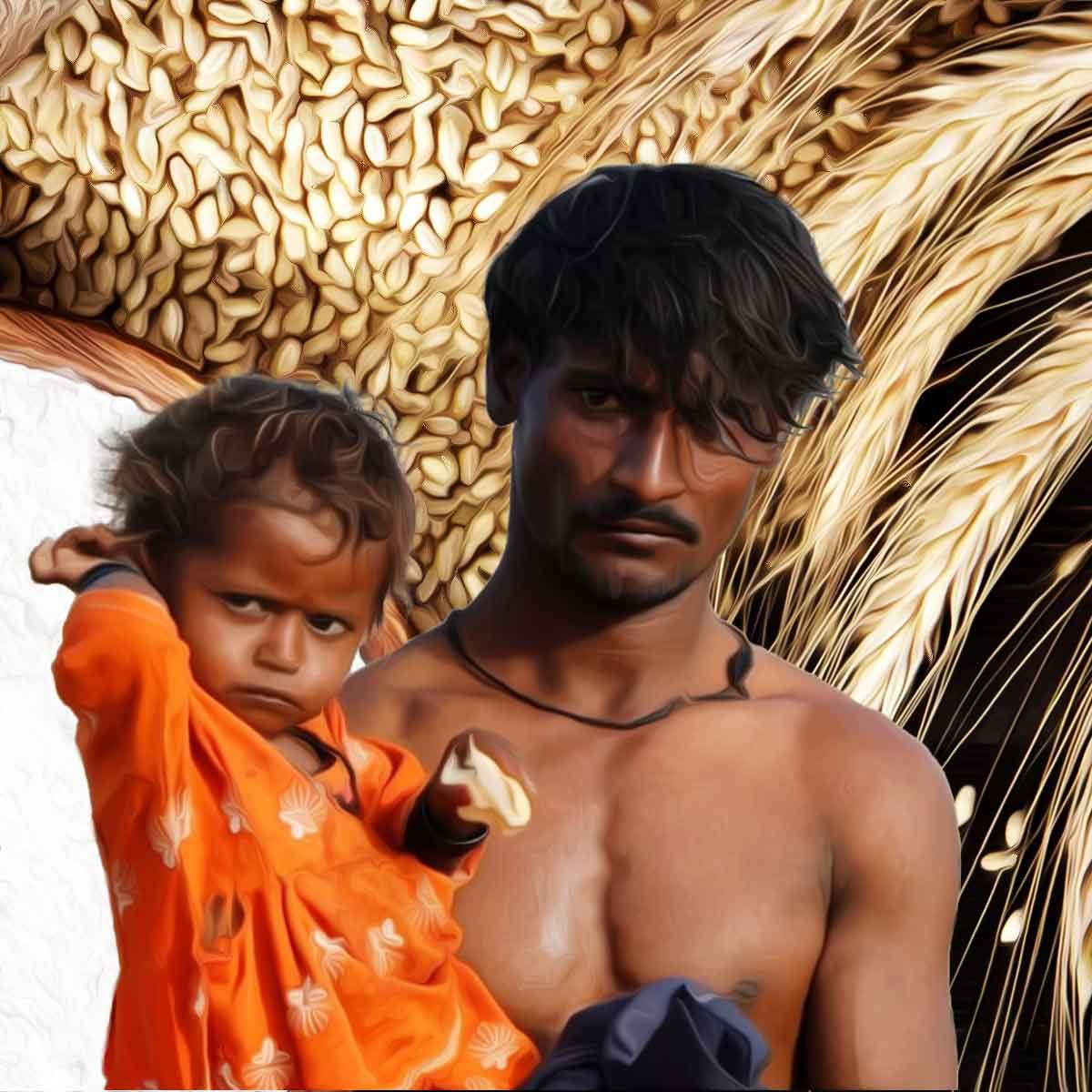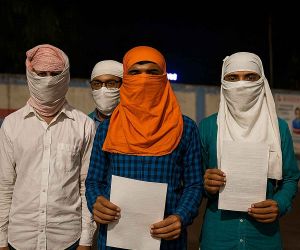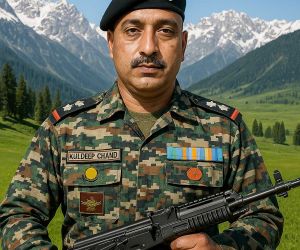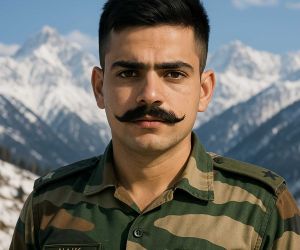MORE COVERAGE
Twitter Coverage
Satyaagrah
Written on
Satyaagrah
Written on
Satyaagrah
Written on
Satyaagrah
Written on
Satyaagrah
Written on
JOIN SATYAAGRAH SOCIAL MEDIA
"No one left in family": Amarnath Ghosh, an exceptional Indian classical dancer & Washington University scholar, tragically murdered in St. Louis; body languishes in the morgue on day 6 as the Indian Consulate in Chicago urges a swift police investigation
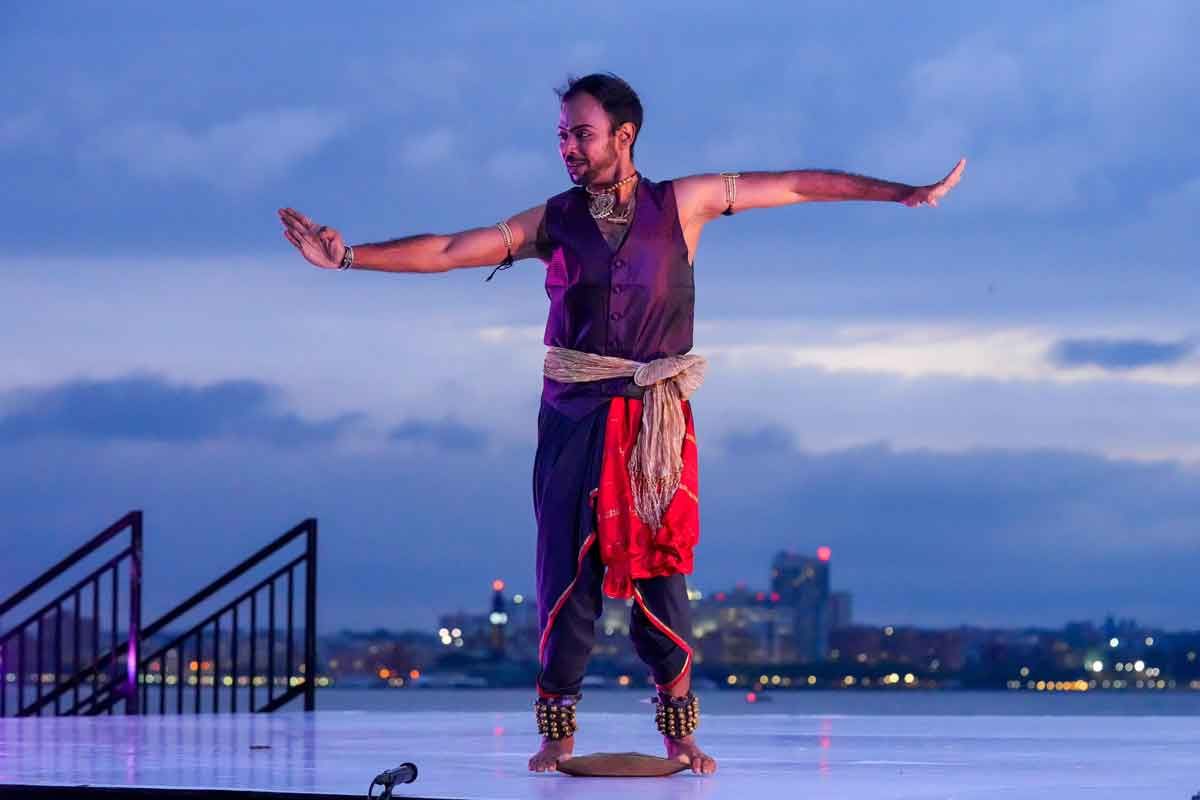
In a world where art transcends borders and cultures, the dance community is in profound grief and turmoil, seeking clarity and justice for a heinous act that took away one of its brightest stars. The story unfolds in St. Louis, USA, where Amarnath Ghosh, a young and extraordinarily talented classical dancer from India, met a tragic end. His journey, marked by ambition and the pursuit of excellence, was abruptly halted on a city street, leaving friends, family, and admirers worldwide in shock and disbelief. The loss of this unique Washington University student has prompted a global outcry, a unified call for answers in a case marred by mystery and a lack of closure.
Amarnath's narrative is not just a tale of personal achievement and dreams but also a reflection of the cultural bridge he sought to build through his art. Embarking on his American dream with a full fellowship, he aimed to complete his MFA degree at Washington University in St. Louis. This move was driven by more than just academic aspiration; it was fueled by the desire to engage with a broader canvas, to contribute to and learn from a diverse cultural milieu he regarded as superior in opportunity and reach.
His promise was unmistakable, showcased during his stunning performance at the Battery Dance Festival in New York City on February 15, 2023. That evening, Amarnath didn't just perform; he captivated, bringing his heritage to the forefront and announcing his arrival on the international stage. Yet, just twelve days later, the 34-year-old vanished. Last seen on a street corner in St. Louis on February 27th, his sudden disappearance prompted immediate concern among his friends, eventually leading to the grim discovery by the police. Amarnath had been fatally shot multiple times as he walked along the 5100 block of Delmar near Clarendon, a mere mile from his apartment. His death starkly underscores a pervasive crisis, highlighting a grim reality faced by many: American gun violence had claimed yet another Indian’s life.
|
Over the recent year and a half, Amarnath Ghosh had been sharing his passion and knowledge of dance with young students across the United States. His journey as an educator and mentor took him to cities like Pittsburgh and Washington, DC, where his dedication and expertise left an indelible mark on his students. It was this commitment to the art of dance and his exceptional talent that led Washington University to select him as its representative at the American College Dance Festival in 2023. At this prestigious event, Amarnath did not just participate; he stood out, making a significant professional impact. His warmth and friendly nature made him a beloved figure among both his peers and professors, further cementing his status as a cherished member of the university community.
Amarnath's journey in dance was distinguished by his remarkable performances, his skill as a choreographer, and his role as an art educator. His academic roots traced back to two of India's most respected institutions for classical dance — the Kalakshetra College of Fine Arts and the Kuchupudi Art Academy. These institutions laid the foundation for what would become a diverse and rich career in dance. Amarnath was not confined to a single style; he mastered several, including Bharatnatyam, Kuchipudi, Manipuri, and Kathak. This versatility showcased not just his technical prowess but also a deep understanding and respect for the traditions and narratives each style carried. Beyond dance, his training in vocal music added another layer to his artistic expression, allowing him to blend movements with melodies in a way that captivated audiences and students alike. His ascent in the world of classical dance was not just the result of his talent but of relentless passion and hard work.
|
|
One of Amarnath's most notable performances took place during the past summer at the Battery Dance Festival in New York City. This event stood as a testament to his skill and dedication to dance, earning him acclaim and recognition. In an expression of respect and honor for Ghosh's legacy, Jonathan Hollander, the founder and artistic director of Battery Dance, made a special journey to St. Louis from New York.
Jonathan Hollander was particularly struck by the senseless violence that claimed Ghosh's life. Hollander reminisced about witnessing Ghosh's vitality and prowess on stage just six months prior, expressing his profound shock and the need to process the horrific incident. "It hit me really hard because I’d seen him on stage, alive…six months ago and he’s gone. For myself, I just needed some way to process this unthinkable act of violence and gun violence," Hollander shared.
Hollander further highlighted the rarity and exceptional talent of Amarnath Ghosh in the world of classical Indian dance. "He was a very rare artist in the sense that there are many different classical dance forms in India, and he had graduated from two of the most illustrious academies in each of two different forms. That’s very unusual,” he remarked. Hollander underscored Ghosh's unparalleled mastery and artistry in both Kuchipudi and Bharatanatyam, two of India's most celebrated classical dance forms. "He was such a maestro, such a master at a young age of the technique and artistry of these Kuchipudi and Bharatanatyam dance forms, really remarkable."
The shockwave of Amarnath Ghosh's untimely death reverberated globally, reaching Prasanna Kasthuri, a veteran dance instructor in St. Louis. Kasthuri became a focal point for collective grief, fielding phone calls from individuals in four different countries who were struggling to grasp the reality of Ghosh's passing. Reflecting on the widespread impact of the tragedy, Kasthuri shared, "It is a shock, not only for me (but for) every dancer across the globe; students and performers are all shocked."
“Most of the Indian students come here to study computer science and engineering, medicine but this person came to study arts—dance. So not many people try to come to America from India to learn dance.” Kasthuri and Hollander are hopeful that the crime will be solved and Ghosh will be remembered. “We often feel, those of us in the dance field, that it’s a very ephemeral art form. There’s nothing left behind except the memory. It’s on stage, it enlightens, it surprises, it enriches one, but then it’s over and we don’t want Amarnath’s memory to be lost,” Hollander said.
Yet, what was the worth of his life in the USA?
The sequence of events following Amarnath Ghosh's disappearance and death paints a troubling picture of the investigation's pace and visibility. Starting from the second day after he went missing, reports began circulating. By the third day, his friends were informed that he had been shot. However, the subsequent days were marked by a distressing silence: no significant updates, no breakthroughs. By the fifth day, Amarnath's body remained in the morgue, with his friends anxiously waiting to perform the last rites and honor his memory in a manner he deserved.
Amidst this waiting and uncertainty, a striking absence of information became apparent. There was no word on the assailant, no capture of the incident on CCTV, no detailed investigation reports, and a conspicuous lack of coverage by American media. Official channels, including Missouri's police departments, did not release statements regarding the case. This silence extended to American news portals, where Amarnath's story was notably absent, failing to make it onto either national or international news stages.
Contrastingly, in India, the reaction was starkly different. Social media became a platform for mourning and outcry, with mainstream Indian press picking up on the tragedy due to the volume of grief expressed online. This discrepancy in media attention between the two countries highlights a concerning disparity in the perceived value of Amarnath's life and story. The lack of coverage in the United States prompts a deeper reflection on the value assigned to the lives of immigrants, raising questions about the criteria for newsworthiness in the face of such a heinous act.
Furthermore, the incident leaves a lingering question about the motivations behind the attack. The idea that an unidentified gunman could end Amarnath's life, a life full of promise and potential, in such a brutal and senseless manner, adds a layer of mystery and sadness to the tragedy. It compels one to ponder the underlying reasons for such violence and the broader implications it has for the safety and perception of immigrants in the United States.
On the sixth day following Amarnath Ghosh's tragic demise, the situation around his mortal remains became increasingly complex. His body was still in the morgue, with the police investigation ongoing. It was reported that the Indian Consulate in Chicago was actively communicating with the police, advocating for a swift investigation into Amarnath’s death.
Amarnath, originally from Subhas Pally, Suri, Birbhum in West Bengal, had lost both of his parents, his mother in 2020 and his father in 2021. Amidst the sorrow of his passing, a familial conflict emerged. His paternal uncle, Shyamlal Ghosh, with whom Amarnath's parents had strained relations, as shared by Amarnath's childhood friends of over fifteen years, came forward claiming rights over Amarnath's body and his possessions. This unexpected claim sheds light on why Amarnath had designated two of his close friends as his next of kin on all official U.S. documents; one friend is based in India, and the other resides in Canada. Concerned that Amarnath's body might end up unclaimed, these friends have been diligently attempting to secure the right to claim his remains for the purpose of conducting a respectful cremation.
The challenges surrounding Amarnath's posthumous affairs underscore the injustices marking his life and now, his death. His uncle's action, reaching out to the District Magistrate of Birbhum to demand the body, adds another layer of complexity and distress for those who genuinely cared for Amarnath. Authorities, in collaboration with a non-governmental organization, are exploring ways to repatriate Amarnath’s body back to India. However, the process is encumbered with additional paperwork and inevitable delays, a situation further complicated by the fact that deaths resulting from crimes can significantly prolong the repatriation process. Additionally, mortuaries, typically equipped for only short-term storage of a limited number of bodies, face their challenges in managing such situations.
Where will his remains be cremated?
The final resting place of Amarnath's remains is a matter of contention and sorrow. The dilemma stands: will he be laid to rest among his friends and fellow artists in America, who cherished him and his art, or will it be in a place among those who may not have shown him care or understanding, possibly excluding those who wish to pay their respects and honor his legacy? This question amplifies the grief and complexity surrounding his untimely departure, reflecting the broader concerns and uncertainties faced by his community and loved ones.
This situation has sparked significant discussion and speculation, especially on social media, where one poignant question resonates: “Why did Amarnath Ghosh feel the need to pursue a degree in performing arts in America?” This inquiry reflects not just curiosity about Amarnath's motivations but also broader discussions about the value and recognition of arts and artists in different cultural and geographical contexts.
In the meantime, authorities urge anyone with information regarding Amarnath Ghosh’s tragic death to come forward and contact CrimeStoppers at (314) 725-8477, in hopes that more light can be shed on this grievous incident.
'No one left in family to fight': Uncle of Indian dancer shot dead in US says still no information
The aftermath of Amarnath Ghosh's death not only raises questions about the circumstances and motives behind his killing but also leaves his family grappling with a profound lack of information. Four days after the news of his being shot dead reached them, Amarnath’s uncle, Shyamal Ghosh, expressed his deep frustration and sorrow from Suri. Despite reaching out to the district police and administration with the information they had gathered from various sources, the family remains in the dark. “We had informed the district police and administration about what we had heard from various sources. But till today we don’t have any details about his death," lamented Shyamal Ghosh. This statement underscores the anguish and helplessness felt by the family as they seek answers and closure in the wake of Amarnath's tragic end.
The Indian Consulate in Chicago has been actively involved in the ongoing investigation. The consulate has been in touch with forensic teams, investigators, and the police to understand the circumstances surrounding the incident. Through a message of condolence shared on X, the consulate expressed its deep sympathy for the loss of Amarnath Ghosh, a PhD student whose life was cut short in St. Louis, Missouri. The post stated, "Deep condolences to family & friends of deceased Amarnath Ghosh in StLouis, Missouri. We are following up forensic, investigation with police & providing support." This outreach by the consulate underscores the efforts being made to provide assistance and support to Amarnath's family and friends during this difficult time.
The news of Amarnath's disappearance initially reached Kuchipudi dancer Srimayi Vempati through a distressing phone call from some of Amarnath's classmates in the US on a Wednesday. They reported that he had gone missing, prompting concern and immediate action. After a full day had passed without any sign of Amarnath, his classmates approached the police to report his absence. It was only later that they received the devastating news of his death. Srimayi, who counted Amarnath among her students, was deeply affected by the loss of someone she had mentored and shared a bond with through the art of dance.
The tragedy of Amarnath Ghosh's death is part of a concerning trend, as approximately five Indian students have met untimely deaths in various incidents across the United States in the first two months of 2024 alone. This statistic highlights a worrying pattern of safety and security challenges faced by Indian students abroad, underscoring the need for increased awareness and measures to protect these individuals as they pursue their education and dreams in a foreign land.
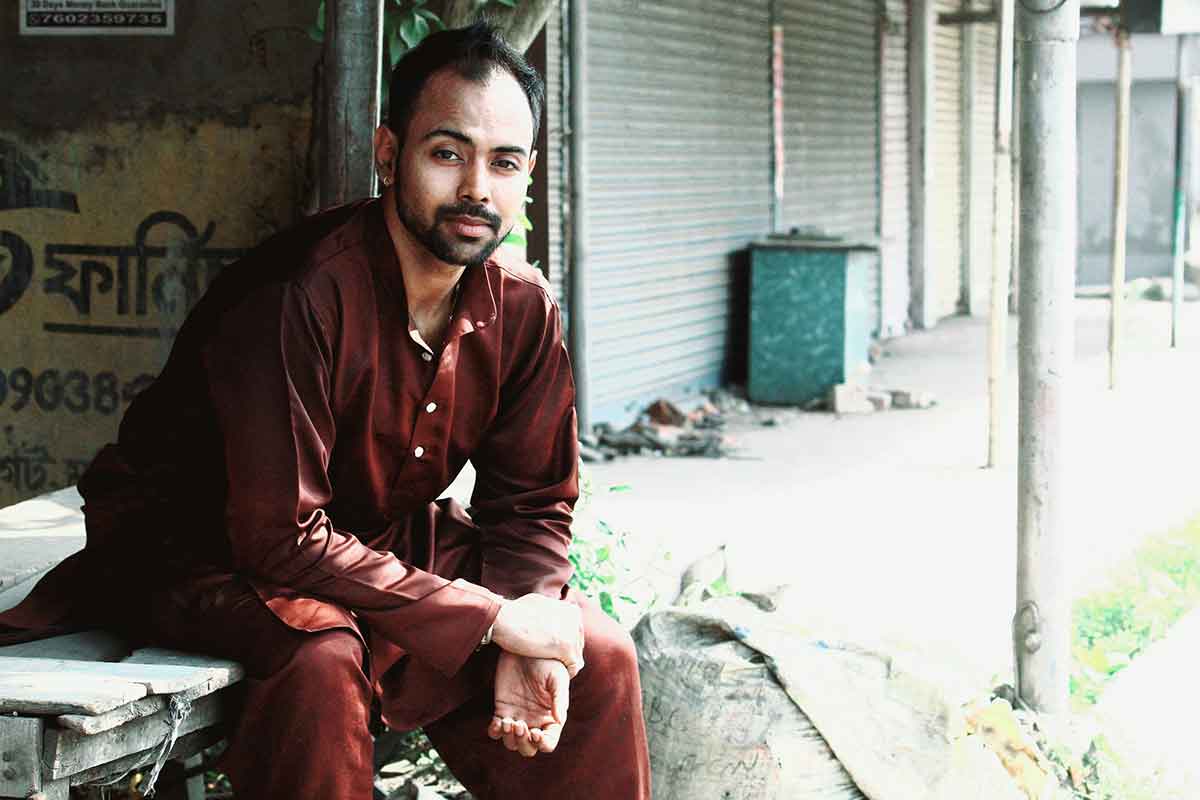 |
 Support Us
Support Us
Satyagraha was born from the heart of our land, with an undying aim to unveil the true essence of Bharat. It seeks to illuminate the hidden tales of our valiant freedom fighters and the rich chronicles that haven't yet sung their complete melody in the mainstream.
While platforms like NDTV and 'The Wire' effortlessly garner funds under the banner of safeguarding democracy, we at Satyagraha walk a different path. Our strength and resonance come from you. In this journey to weave a stronger Bharat, every little contribution amplifies our voice. Let's come together, contribute as you can, and champion the true spirit of our nation.
 |  |  |
| ICICI Bank of Satyaagrah | Razorpay Bank of Satyaagrah | PayPal Bank of Satyaagrah - For International Payments |
If all above doesn't work, then try the LINK below:
Please share the article on other platforms
DISCLAIMER: The author is solely responsible for the views expressed in this article. The author carries the responsibility for citing and/or licensing of images utilized within the text. The website also frequently uses non-commercial images for representational purposes only in line with the article. We are not responsible for the authenticity of such images. If some images have a copyright issue, we request the person/entity to contact us at This email address is being protected from spambots. You need JavaScript enabled to view it. and we will take the necessary actions to resolve the issue.
Related Articles
- Against a mother's hesitant heart, Abhijit's journey ends in tragedy, marking him as the 9th Indian lost in the US this year, alongside Neel Acharya, Vivek Saini, and more; their stories, a sombre echo of dreams shattered far from home, cry out for safety
- In a tragedy that has shattered hearts globally, the young and bright Jaahnavi Kandula's life was unjustly taken, outrage boils as Officer Daniel Auderer displays an abominable lack of humanity, laughing and making vile remarks about her tragic death
- Adding to the grim tally, Indian students Nivesh Mukka and Goutham Parsi killed in a fatal car crash in Arizona; both enrolled at Arizona State University, their untimely demise underscores the ongoing safety challenges faced by Indian students in the US
- One more Indian-origin Vivek Taneja dies in Washington days after life-threatening assault, a distressing trend continues as Sameer Kamath, Shreyas Reddy, Neel Acharya, Vivek Saini, & Akul Dhawan also fall victim to escalating attacks on Indians in the US
- "Mass Shooting": 15-year-old girl, Natalie ‘Samantha’ Rupnow, opened fire at Abundant Life Christian School in Madison, killing 2 people and injuring 6 others before dying from a self-inflicted gunshot wound, marking the 83rd school shooting in 2024
- Uncover the chilling story of Jeremy Williams, sentenced to death for the murder of 5-year-old Kamarie Holland, human trafficking & conspiring with the child's mother, who sold her daughter for $2,500, culminating in a landmark trial in Columbus, Georgia
- Philadelphia Mass shooting in USA: 3 dead, 11 injured after multiple attackers open fire at crowded street using automatic weapons which are easily available in US stores, No arrests till now, police looking for surveillance footage
- A 33-year-old Indian Cheistha Kochar, a bright LSE PhD candidate & ex-NITI Aayog employee run over by a truck while cycling back home; despite London's dense CCTV network, the absence of arrests a week on raises pressing questions of Indians safety abroad
- History-sheeter Shamsher Khan murders friend Shivdatt, suspected of an affair with his live-in partner Asha Thakur, murder comes to light after 8 months: MP
- "Jab nash manuj par chhata hai, Pehle vivek mar jata hai": Bahu Kavita with her lover Irshad, and friends Naushad, Sajid and Parvez, gets her Sasur Jaswant Sharma killed after making own son held at gunpoint, Irshad needed money to celebrate Eid
- "One death is a tragedy; one million is a statistic": Angry mob sets fire to the house of family accused of murdering Manohar Lal in Chamba who left his home on 6th June to return never again, he was in relationship with a Muslim girl, section 144 imposed
- India condemns Connecticut General Assembly for recognising declaration of Sikh Independence: 'Mischievous elements using Assembly for nefarious purposes, India and USA has no place for bigotry and hatred'
- "Saying goodbye without words, a heartache that lingers": POCSO Court in Uttar Pradesh delivers justice by awarding the death sentence to a child rapist and murderer Mohammed Faheem in Bulandshahr, sending a strong message against such heinous crimes
- Victoria Nuland, US Under Secretary of State in New Delhi recently said democracies like India must stand against “autocracies like Russia and China”, leaked recordings of her suggested her role in 2014 Maidan 'revolution' and 'Regime Change' in Ukraine
- In another shocker, Supreme Court quotes 'every sinner has a future' and commutes death sentence of Mohd Firoz for rape & murder of 4-year-old girl: Child brutally assaulted, two teeth broken while smothering after rape






